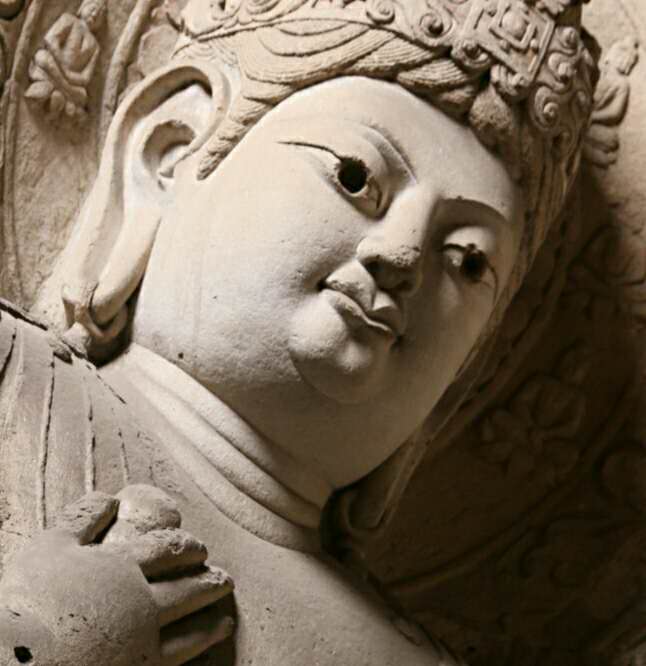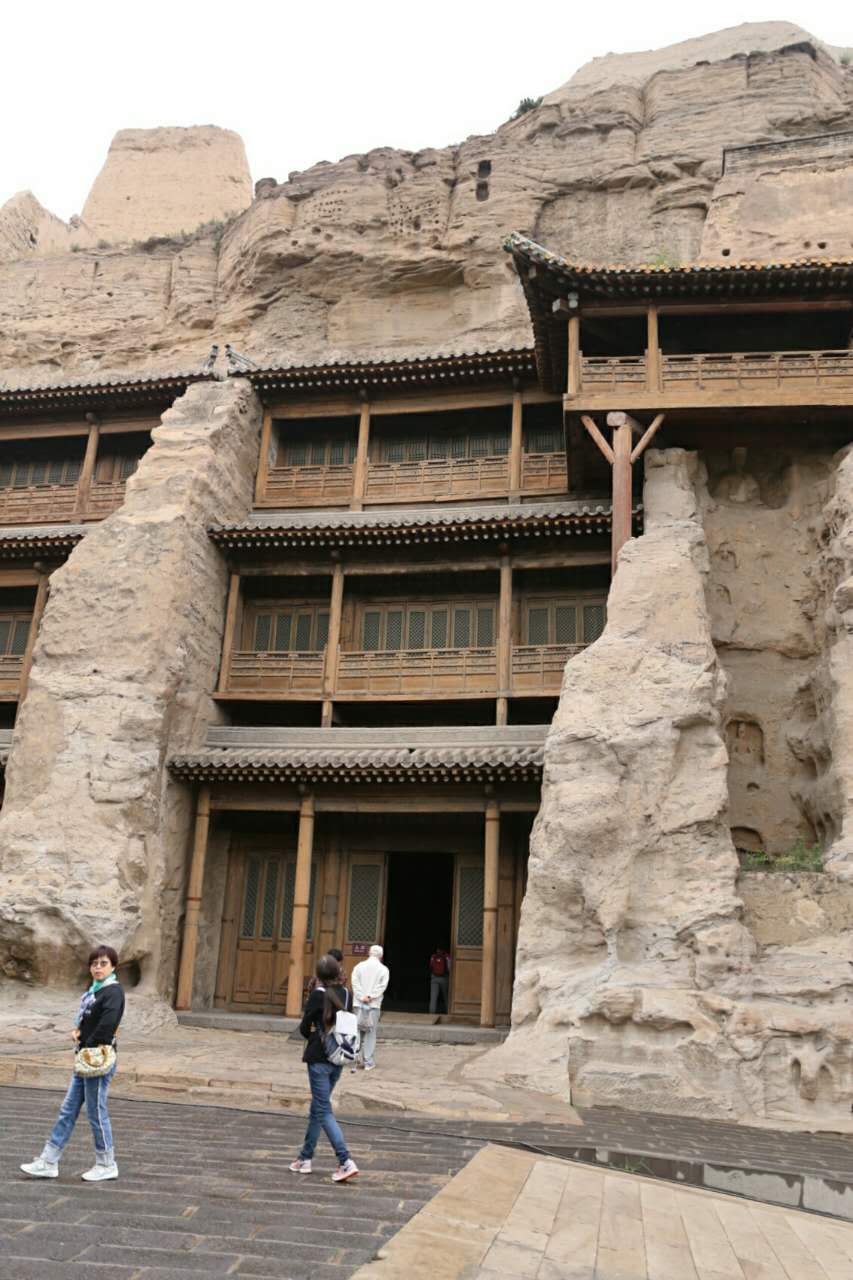|
|
|
Home
>
Chinese Culture > Grottoes in China > Yungang Grottoes |
He
Yungang
Grottoes in Datong, Shanxi Province
Photos by Yang Yuhong
|
|
Yungang Grottoes (Yungang Caves), Datong, Shanxi Province |
Yungang Grottoes is
located at the southern foot of Wuzhou Mountain some
16 km west of Datong City, Shanxi Province, the
Grottoes were built against the mountain and extend
about 1 km (0.62 miles) from east to west. The
construction of the caves was started under the
auspices of the noted monk Tan Yao in 453 and took
50 years to complete. Some 40,000 people, including
the Buddhists from what is present Sri Lanka,
contributed to the huge project.
The 53 grottoes in
Yungang Grottos include some 1,000 niches with about
51,000 statues – a treasure-trove of cave art that
combines traditional Chinese art forms with foreign
influence, particularly Greek and Indian. Sculptures
here are noted for their vigorous features and rich
variety that range from the smallest, only 2
centimeters high, to the tallest – a Buddha
17-meters high. The tallest Buddha is surrounded by
many small Buddhas in Grotto No. 5, also called
the Big Buddha's Cave.
The Yungang Grottoes are divided into three zones:
east, west and central and numbered from east to
west. Grottos No.1 and No. 2 are located in the east
zone. Statues and sculptures inside these caves have
been severely damaged by exposure to the elements,
but still preserved in the east zone are relief
sculptures of Buddhist stories on the lower part of
the eastern wall of Grotto No. 1. Inside the
entrance of the Yungang Temple is an impressive
four-storeyed wooden façade with glazed top outside
the Grottos Nos. 3, 4 and 5.
Most of the grottoes are in the western zone, and
each has its own character. Grotto No. 20 – one of
the five earliest caves of monk Tan Yao – houses the
sitting statute of Sakyamuni, 13.7 meters high, with
a full and round face with a majestic smile, slim
lips and a high nose, ears that extend almost to the
shoulders, radiant eyes and broad shoulders.
Sakyamuni statue is representative of Buddha
sculptures in Yungang Grottoes.
Over the past 1,500 years since their completion,
Yungang Grottoes have been damaged by different
kinds disasters.
In December 2001, the 25th meeting of UNESCO World
Heritage Committee in Helsinki, Finland, passed a
decision to list Yungang Grottoes on the World
Cultural Heritage List. (sources:
china.org.cn) |

 |
|
|
|
|
|
|
|
|

